Writing Prompt: Ice Cream Truck
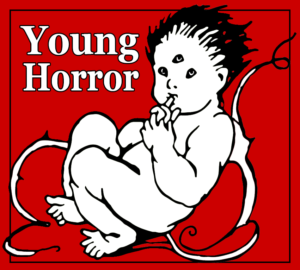 Young Horror brings you writing prompts to energize your week with spooky idea inspiration. Are you writing picture books, chapter books, middle grade, or YA? Your next great idea could be sparked right here. Check back every Monday for new writing prompts. Share your ideas and discuss in the comments below.
Young Horror brings you writing prompts to energize your week with spooky idea inspiration. Are you writing picture books, chapter books, middle grade, or YA? Your next great idea could be sparked right here. Check back every Monday for new writing prompts. Share your ideas and discuss in the comments below.
Writing Prompt: The Ice Cream Truck

Last week we discussed beating the summer heat of these dog days by eating popsicles. Popsicles with dire consequences! Another source of scorching heat relief is the always creepy Ice Cream Truck.
Driven by a stranger. Driving slowly down residential streets. …

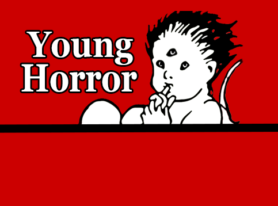
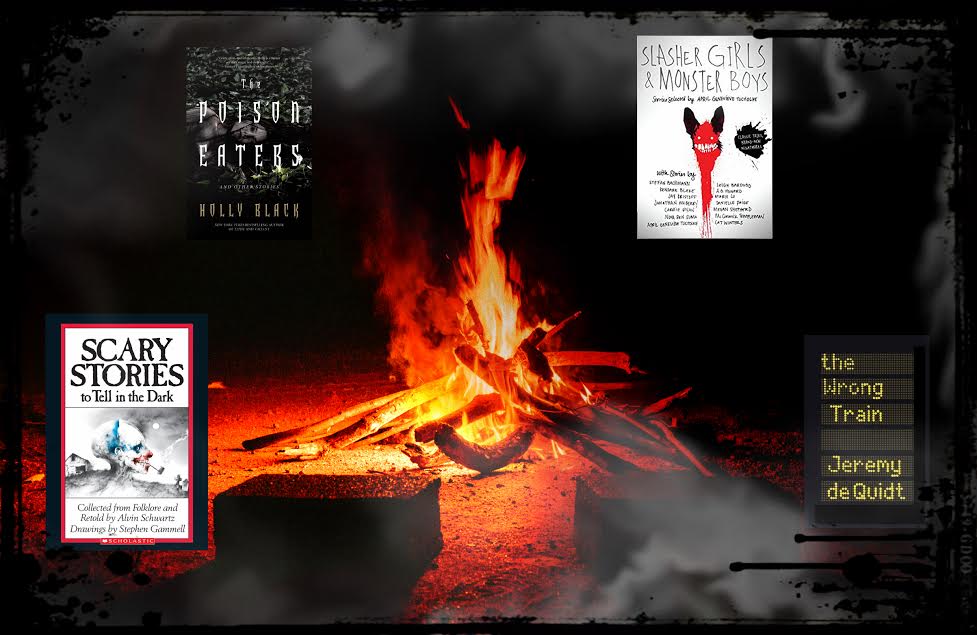

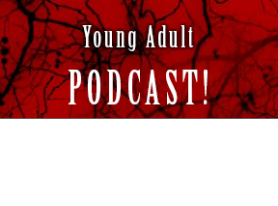

 While I love supernatural horror, realistic horror stories—murders, kidnappings, unexplainable medical phenomena—are the ones that really keep me up at night. There’s something extra terrifying about a fictional story that can, and does, happen to people in real life, so it’s no surprise that authors draw inspiration for their horror (or suspense or thriller) novels from news stories. With a 24-hour news cycle and the Internet vortex, you won’t need to look too far for an idea to rip from the headlines.
While I love supernatural horror, realistic horror stories—murders, kidnappings, unexplainable medical phenomena—are the ones that really keep me up at night. There’s something extra terrifying about a fictional story that can, and does, happen to people in real life, so it’s no surprise that authors draw inspiration for their horror (or suspense or thriller) novels from news stories. With a 24-hour news cycle and the Internet vortex, you won’t need to look too far for an idea to rip from the headlines.
 Ever wonder why some books get the horror classification, while others—sometimes with similar plotlines and the exact same monsters—get labeled paranormal romance? The difference is easy—the former has the primary goal of scary, and the latter focuses on a romantic relationship (to the degree that the plots rely on it to function). The real question, then, concerns the tipping point between the two genres, the point at which your young adult novel is less terror and more
Ever wonder why some books get the horror classification, while others—sometimes with similar plotlines and the exact same monsters—get labeled paranormal romance? The difference is easy—the former has the primary goal of scary, and the latter focuses on a romantic relationship (to the degree that the plots rely on it to function). The real question, then, concerns the tipping point between the two genres, the point at which your young adult novel is less terror and more
 Just like any relationship, the special bond between a horror protagonist and her antagonist benefits from a little bit of mystery. In this case, the hero is a proxy for your readers, and the mystery comes from your story’s scariest villain, be it a human serial killer or a demonic creature or the mad scientist who, when left unattended for a few minutes, will inevitably create a horrific zombie plague.
Just like any relationship, the special bond between a horror protagonist and her antagonist benefits from a little bit of mystery. In this case, the hero is a proxy for your readers, and the mystery comes from your story’s scariest villain, be it a human serial killer or a demonic creature or the mad scientist who, when left unattended for a few minutes, will inevitably create a horrific zombie plague.
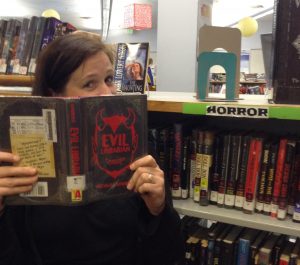 One of the things I love about working in a middle school library is that kids have the ability to read independently, but they still love being read aloud to. Once a week, I have a group of fifth graders for library class, and I love the experience of …
One of the things I love about working in a middle school library is that kids have the ability to read independently, but they still love being read aloud to. Once a week, I have a group of fifth graders for library class, and I love the experience of … There’s much handwringing in publishing for children about what is “right” or “appropriate.” There are many controversial subjects and editorial choices, but today we’re talking about endings. Do endings in books for children need to be happy? Or should writers of children’s books portray a realistic version of the world where things don’t always end well?
There’s much handwringing in publishing for children about what is “right” or “appropriate.” There are many controversial subjects and editorial choices, but today we’re talking about endings. Do endings in books for children need to be happy? Or should writers of children’s books portray a realistic version of the world where things don’t always end well? Last month’s
Last month’s 
